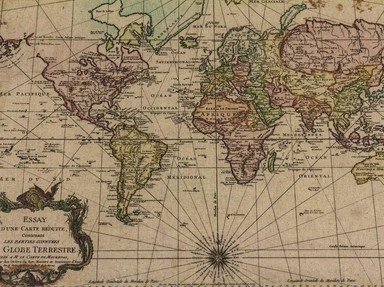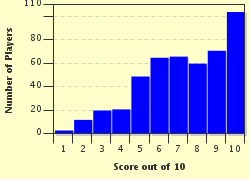Quiz Answer Key and Fun Facts
1. The Straits Settlements existed for almost 80 years, until it dissolved in 1946. Which strait did the colony take its name from?
2. Bophuthatswana, Ciskei, Transkei and several other similar states existed from 1972 to 1994. They were all dismantled in 1994 and were reabsorbed into which country?
3. After WWI, the city of Memel was awarded to France as a protectorate. The French only occupied the area for three years, before it was annexed by another country. In which country would you now find Memel?
4. What was the name of the Japanese puppet state that bordered USSR, China, Mongolia and North Korea?
5. The United Arab Republic briefly joined two countries into alliance. It came into being in 1958 but broke down only three years later. Which two countries comprised the UAR?
6. Oil Rivers Protectorate was a small area in what is now Nigeria. It bordered the Niger River, but only existed between 1885 and 1893. Which European nation was awarded the area in the 1885 Berlin Conference?
7. The Gilbert Islands are a string of islands in the Pacific Ocean. They became a British Protectorate in 1915 (along with the Ellice Islands), and were invaded by the Japanese on the same day as the Pearl Harbour attack. In 1979, they declared themselves independent, but what name did they choose for their country?
8. Transcaucasian SSFR was a republic under the Soviet Union from 1922-36, before becoming a state of that country. It stretched between the Black Sea and the Caspian Sea before being broken into three new republics when the Soviet Union collapsed in 1991. Which of these countries was NOT a part of Transcaucasia?
9. The New Hebrides was a group of islands in the western Pacific Ocean. In a rather unusual situation, it was administered jointly by France and Great Britain. This arrangement continued from 1906 until 1980, when the country declared independence from both colonial masters. What name did the new country adopt?
10. Upper Silesia was part of WWII history, however the area ceased to exist at the end of the war. Which modern country was it incorporated into, in 1945?
Source: Author
ozzz2002
This quiz was reviewed by FunTrivia editor
gtho4 before going online.
Any errors found in FunTrivia content are routinely corrected through our feedback system.


